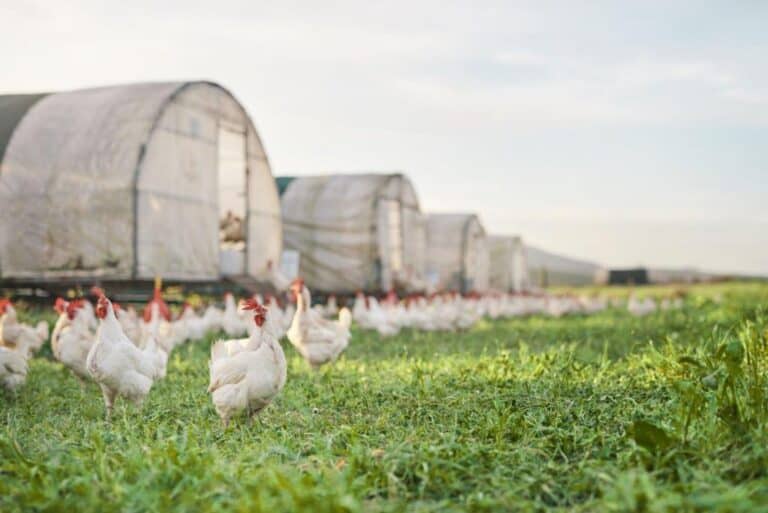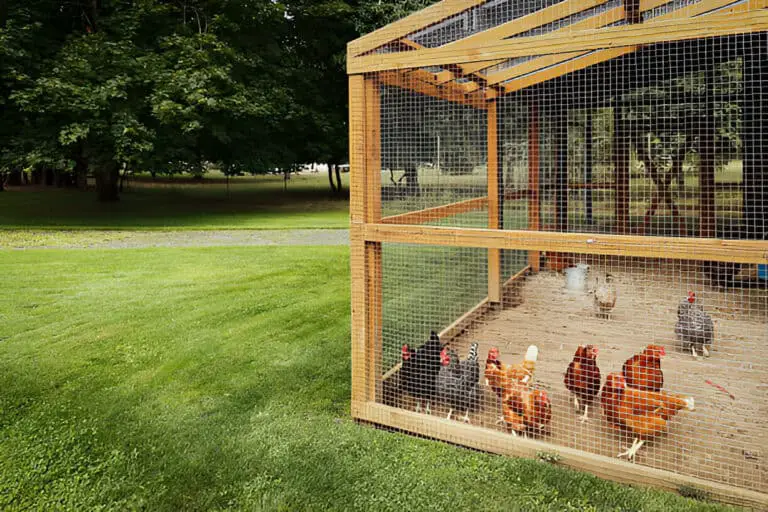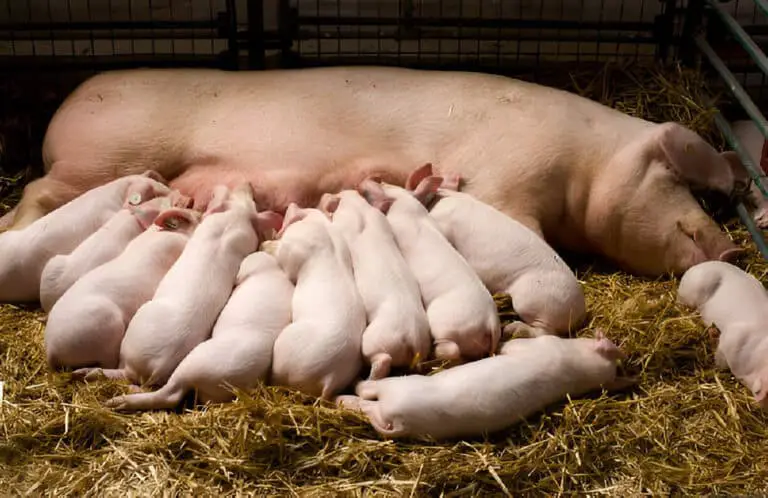Do Chicken Coops Really Need Windows? Here’s What Experienced Farmers Say
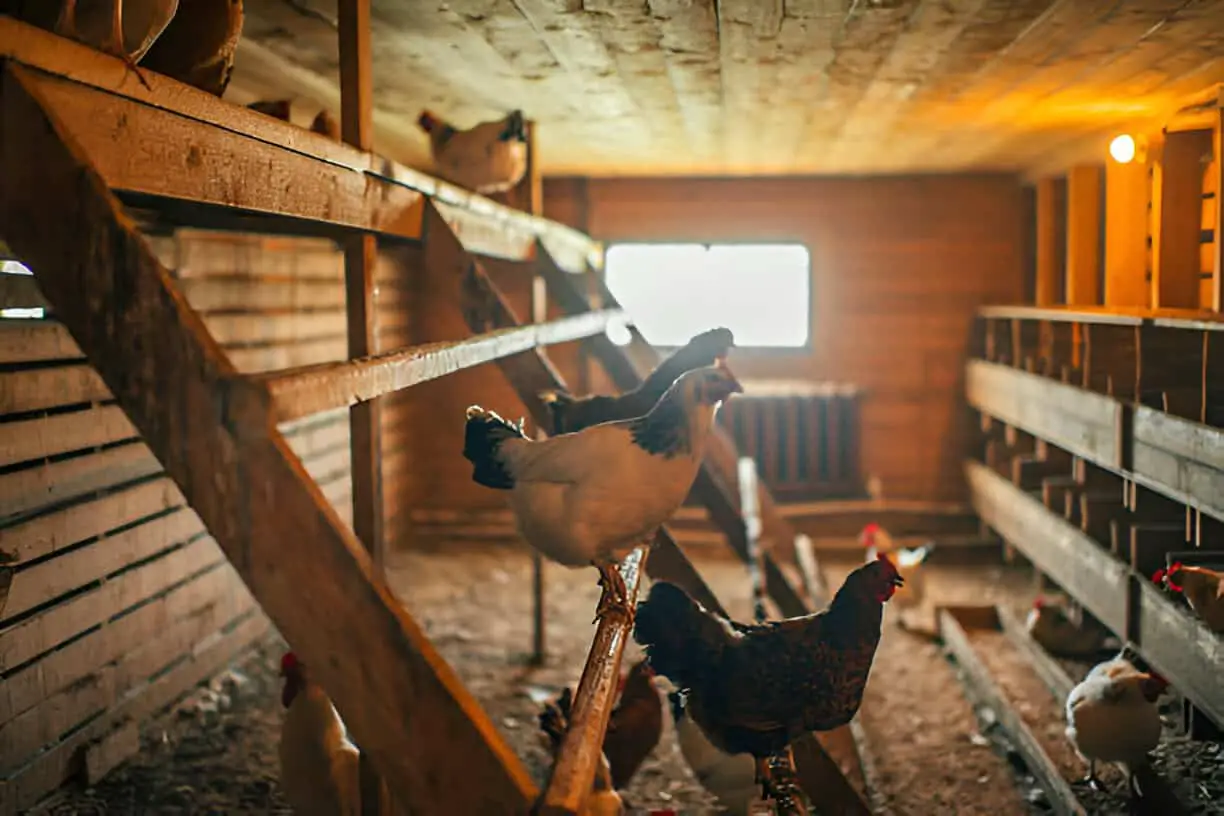
I remember the first time I built a chicken coop. I spent hours planning the size, choosing the best materials, and figuring out how to keep my flock safe from predators. But one detail had me scratching my head: Do chicken coops really need windows? Some people swore they were essential for ventilation and natural light, while others dismissed them as unnecessary, even problematic. With so many opinions swirling around, I knew I had to find the answer for myself.
At first, I wasn’t sure if adding windows was worth the extra effort. Would my chickens really care if they had a view? Could a few openings actually make a difference in their health and egg production? If you’ve ever debated whether or not to include windows in your coop design, you’re not alone.
By the end of this article, you’ll know exactly why windows matter, how they impact your flock’s well-being, and the best way to incorporate them into your coop for maximum benefit. Let’s shed some light—literally—on this topic!
Why Windows Matter in a Chicken Coop
Experienced farmers agree: windows aren’t just for looks. They serve several critical functions in a coop, including:
- Ventilation – Chickens produce moisture, ammonia, and heat. Proper airflow prevents respiratory issues and keeps the air fresh.
- Natural Light – Chickens need light to maintain a healthy laying cycle. Sunlight regulates their internal coops clocks, helping them lay consistently.
- Temperature Regulation – Windows allow heat to escape in summer, keeping the coop cool and comfortable.
- Moisture Control – Damp environments breed bacteria and mold, leading to disease. Windows help reduce excess moisture inside the coop.
When Windows Make a Difference
Not every chicken coop is the same, and not every setup requires windows. Here’s when they truly make an impact:
| Coop Type | Are Windows Necessary? |
| Small backyard coop | Highly recommended for ventilation and light |
| Large walk-in coop | Useful, but other ventilation options may work |
| Open-air coop | Not essential since airflow is already present |
| Portable chicken tractor | Optional, as it moves to different conditions |
If your coop is enclosed and has little airflow, adding windows can be a game changer. But if your chickens free-range most of the day or your coop has large ventilation openings, windows may be less crucial.
Pros and Cons of Adding Windows
Let’s break down the advantages and potential downsides of adding windows to your chicken coop:
Pros:
- Better Air Quality: Windows promote air circulation, preventing ammonia buildup from droppings.
- More Egg Production: Natural light encourages laying hens to stay on a productive schedule.
- Healthier Chickens: Less moisture and bacteria means fewer respiratory infections and other diseases.
- Temperature Control: In hot weather, windows can release excess heat.
Cons:
- Predator Risk: Poorly secured windows can be an entry point for raccoons, snakes, or rats.
- Weather Exposure: Rain, wind, or snow can enter if windows aren’t covered properly.
- Extra Maintenance: Windows need occasional cleaning and repairs to prevent drafts and leaks.
Designing the Perfect Coop with Windows
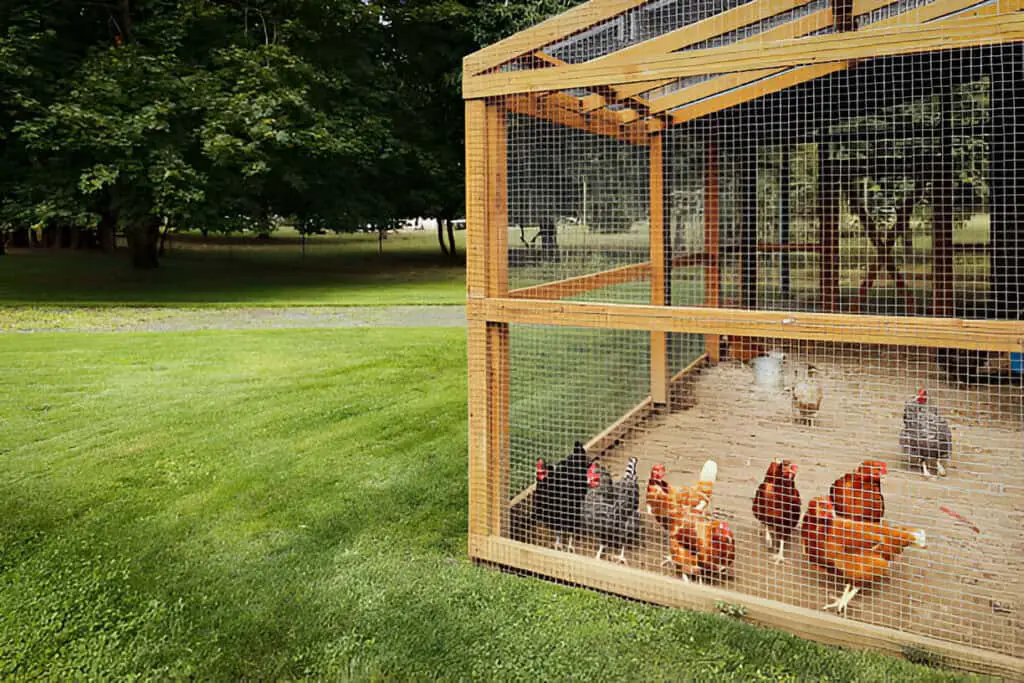
Adding windows to a chicken coop isn’t just about aesthetics—it plays a key role in ventilation, natural lighting, and overall flock health. When designing the perfect coop with windows, consider factors like size, placement, and predator-proofing. Windows should be large enough to allow fresh air to circulate but not so big that they create drafts in winter. Durable mesh or wire coverings can help keep out raccoons, foxes, and other predators.
Choosing the right type of window is also important. Hinged or sliding windows provide adjustable airflow, while fixed plexiglass windows allow light in without extra ventilation. Some chicken keepers use repurposed house windows, while others opt for small vent-style openings to control humidity and temperature.
| Window Type | Benefits | Best Use |
| Hinged/Sliding | Adjustable ventilation | Summer airflow |
| Fixed Plexiglass | Light without drafts | Cold climates |
| Wire-Covered Vents | Predator-proof, steady airflow | Year-round ventilation |
Strategic placement is crucial. Position windows on opposite walls for cross-ventilation and place them where they’ll provide morning sunlight without overheating the coop in the afternoon. This balance ensures a well-lit, comfortable space for your flock.
Tips for Installing Windows in a Chicken Coop
If you decide to add windows, here are some tips to make sure they benefit your flock without causing problems:
- Use Hardware Cloth: Cover windows with fine mesh to keep out predators while allowing airflow.
- Position Windows Wisely: Place them opposite each other for cross-ventilation but not in a way that creates a direct draft on the roosting area.
- Add Covers or Shutters: In winter, close or insulate windows to keep the coop warm.
- Opt for Plexiglass or Safety Glass: These materials are durable and less likely to break.
| Related: Which One is Better: Ground vs. Raised Chicken Coops |
So, Do You Really Need Windows for your Chicken Coop?
After talking to farmers and testing different setups myself, I’ve learned that windows aren’t just decorative; they serve a real purpose. If your coop is enclosed, has poor airflow, or needs extra light, windows are a must. But if your flock lives in an open-air structure, you might not need them at all.
At the end of the day, a happy, healthy flock is what matters most. Whether you add windows or choose alternative ventilation methods, keeping your chickens comfortable should always be the top priority. What’s been your experience? Do you swear by windows in your coop, or do you prefer a different setup? Let me know!


